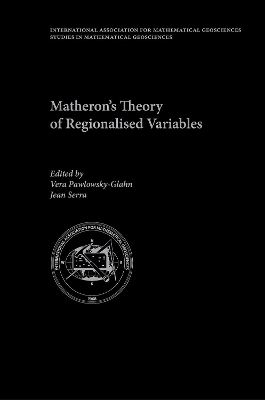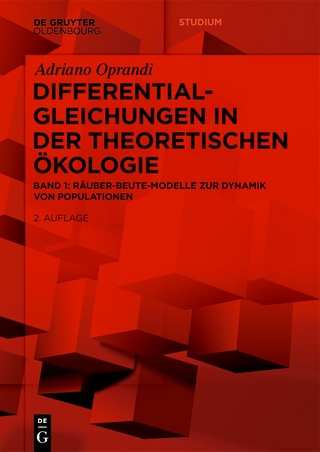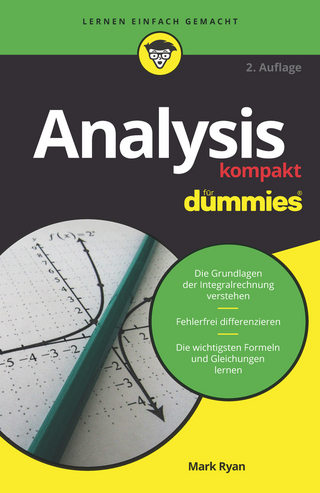
Matheron's Theory of Regionalised Variables
Oxford University Press (Verlag)
978-0-19-883566-0 (ISBN)
In the summer of 1970, Georges Matheron, the father of geostatistics, presented a series of lectures at the Centre de Morphologie Mathmatique in France. These lectures would go on to become Matheron's Theory of Regionalized Variables, a seminal work that would inspire hundreds of papers and become the bedrock of numerous theses and books on the topic; however, despite their importance, the notes were never formally published.
In this volume, Matheron's influential work is presented as a published book for the first time. Originally translated into English by Charles Huijbregts, and carefully curated here, this book stays faithful to Matheron's original notes. The text has been ordered with a common structure, and equations and figures have been redrawn and numbered sequentially for ease of reference.
While not containing any mathematical technicalities or case studies, the reader is invited to wonder about the physical meaning of the notions Matheron deals with. When Matheron wrote them, he considered the theory of linear geostatistics complete and the book his final one on the subject; however, this end for Matheron has been the starting point for most geostatisticians.
Dr. Georges Matheron (December 2, 1930 - August 7, 2000) was a French mining engineer and mathematician. Starting from the works of Krige and de Wijs, from South Africa, he created a theory for estimating mining resources that he named geostatistics. During the Sixties, he extended geostatistics by developing a regression method for the cartography of natural phenomena, known as universal kriging. From 1965 to 1968, Dr Matheron co-founded the new discipline of mathematical morphology for describing set shapes and textures. He then developed a theory of the random structures involved in mathematical morphology. During the 1980s he generalized the theory of mathematical morphology to complete lattices, thus providing a common approach to sets, functions and partitions, and introduced morphological filtering. He left the Paris School of Mines in 1995, when he retired. Dr. Vera Pawlowsky-Glahn's main research topic since 1982 has been the statistical analysis of compositional data. She was the leader of a research group on compositional data analysis involving professors from different Spanish universities from 1986 until 2008. She was also the first President of the Association for Compositional Data, founded in L'Escala (Spain) in June 2015. For the period 2017-2021 she is Past-President of the same association. Dr. Jean Serra, emeritus professor at University of Paris-Est, established the field of mathematical morphology in 1965, before later founding the Centre de Morphologie Mathématique. His three major contributions to mathematics and physics are morphological filtering, the formulation of mathematical morphology in the convenient framework of complete lattices, and a new concept for connectivity that is the core for set segmentation theory. He founded the International Society for Mathematical Morphology, and was its first president.
1: Introduction
2: Transitive Methods
3: Intrinsic Random Functions
4: Kriging
5: Universal Kriging
| Erscheinungsdatum | 18.06.2019 |
|---|---|
| Reihe/Serie | International Association for Mathematical Geology Studies in Mathematical Geology |
| Verlagsort | Oxford |
| Sprache | englisch |
| Maße | 161 x 241 mm |
| Gewicht | 482 g |
| Themenwelt | Mathematik / Informatik ► Mathematik ► Analysis |
| Mathematik / Informatik ► Mathematik ► Geometrie / Topologie | |
| ISBN-10 | 0-19-883566-3 / 0198835663 |
| ISBN-13 | 978-0-19-883566-0 / 9780198835660 |
| Zustand | Neuware |
| Informationen gemäß Produktsicherheitsverordnung (GPSR) | |
| Haben Sie eine Frage zum Produkt? |
aus dem Bereich


